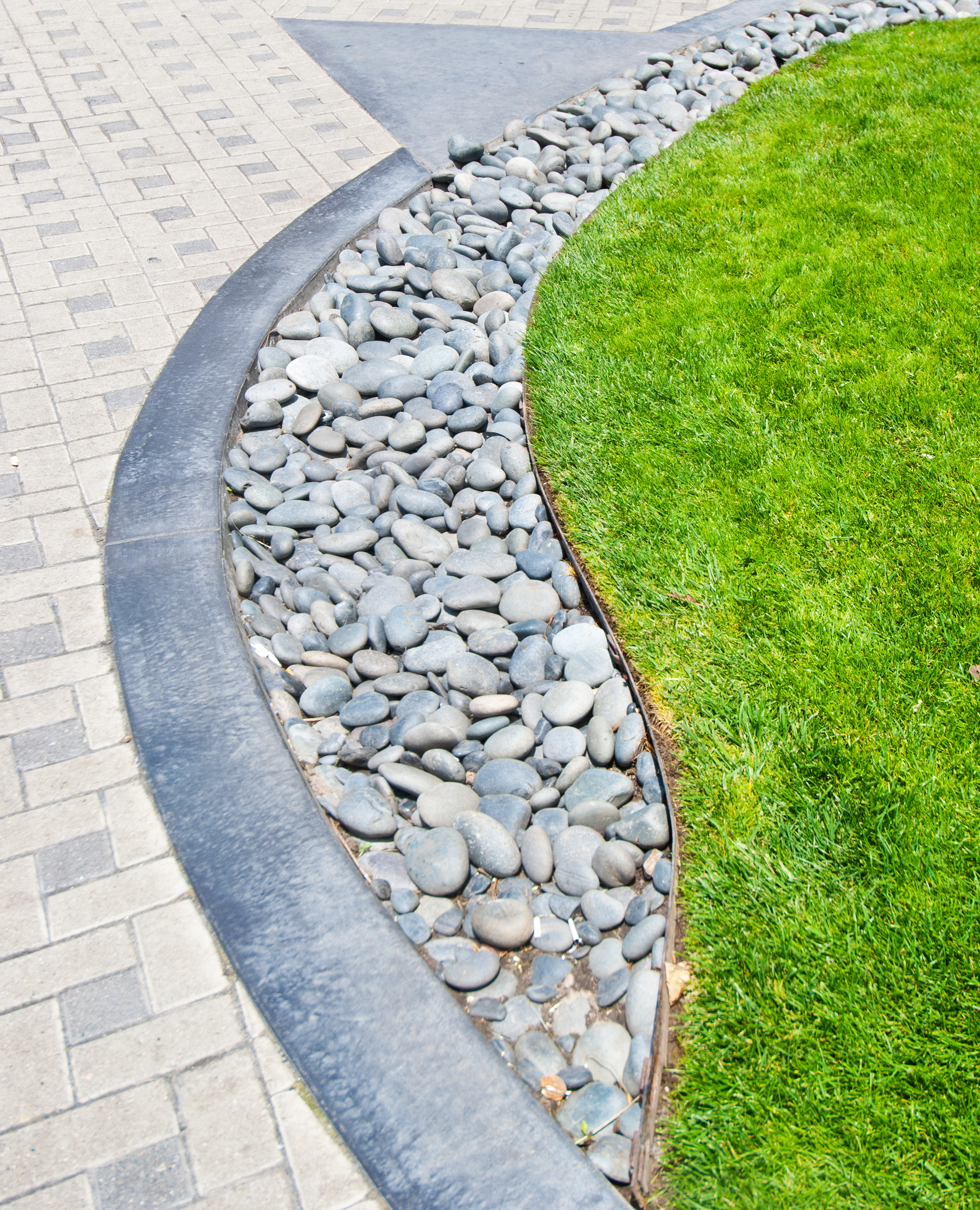
They’ll tell you what kind of land quality you’re working with and help determine which of the five ways to stop erosion will work best for your property.Įrosion comes in two forms: There’s degradation, which is a gradual erosion of the quality of the soil, and there’s loss of soil particles. These factors are also a good checkpoint though. Irrigation: Is there water easily accessible for your slope? If your hose is on the other side of your property, for example, you’ll need to find a way to water your plantings.īased on an assessment of these factors, you might find that you’ll need to work with a landscaper or construction specialist.Sun or shade: If you’re going to be using cover vegetation to secure the soil, you’ll want to make sure that the plantings will thrive in either the sun or shade.Bald spots could also be a sign of bedrock right below your soil. For example, it may be that the lawn is overly fertilized and poorly irrigated. Bald spots: The presence of bald spots on your hillside property can tell you a variety of things about your soil quality.

If the water sits there for two or more days, that means you have rock rather than soil underneath, and may end up with more erosion. If there’s no water remaining, natural drainage is good.
Drainage: To measure the drainage on a hillside, you can dig a hole and fill it with water then check back in an hour or two. Keep in mind that sandy soils are more likely to run-off than soils with a clay make-up because the particles in sandy soils are looser. Soil make-up: Is the topsoil on your property thin and sit on top of mostly rock? Or is it relatively deep, on a thick layer of subsoil? You need to get a sense of whether covering vegetation can take root and thrive. Anything greater and you’ll need to consider how accessible your slope is and how much planting you can do. The incline: If your slope is less than 33%, you can use mulch to keep your soil secure and cover up topsoil from degradation. Here are a couple of factors to consider: The topography of the land surrounding your home or building determines which method you’ll use to stop erosion. Not all slopes and hillsides are created alike. Some are low-tech, some are high-tech - and the method you choose depends on the quality of your property.įactors To Consider About Your Property’s Hillside There are a few ways to stop hillside erosion. Harm to marine life as well as offspring mortality. Loose soil and mud blocking streams and creeks. Run-off interfering with swimming pools or driveway stability. Clogged neighborhood drainage and storm drains. Silt build-up at the bottom of driveways. A degradation in local air quality because of exposed soils. An increase in flooding because of clogged waterways. A loss of nutrients that run off after a rainstorm. If residential properties sitting on a hillside or slope don’t take steps to protect their soil from erosion, the effects will resound throughout their neighborhood: Soil erosion affects more than your immediate property - it can spell trouble for the entire area. When you add gravity to the mix, the harmful effects of erosion occur that much quicker. In the aftermath of a rainstorm, soil run-off jams up important channels and exposes soil to degradation. Soil erosion is the steady and gradual loss of soil to natural elements like wind and rain. Why Is It So Important To Prevent Erosion On A Hillside? 
So preventing soil erosion on a hill or slope goes beyond just an aesthetic complication: it’s an important part of soil quality preservation. Its effects are more devastating and contribute to this global decline. On a hill, soil erosion occurs even faster. That doesn’t even touch the issue for agricultural workers.Īnd all of this is because of soil erosion. Homeowners, gardeners, and lawn care enthusiasts are experiencing the effects of soil erosion through patchy, bald-spotted lawns, weak and pest-infested plantings in their gardens, and clogged pools.

Poor land management practices, climate change, and excessive tillage are just some of the reasons contributing to the 500 million tons of soil eroded annually. With each passing year, we are losing 1% of our topsoil through entirely avoidable events.







 0 kommentar(er)
0 kommentar(er)
